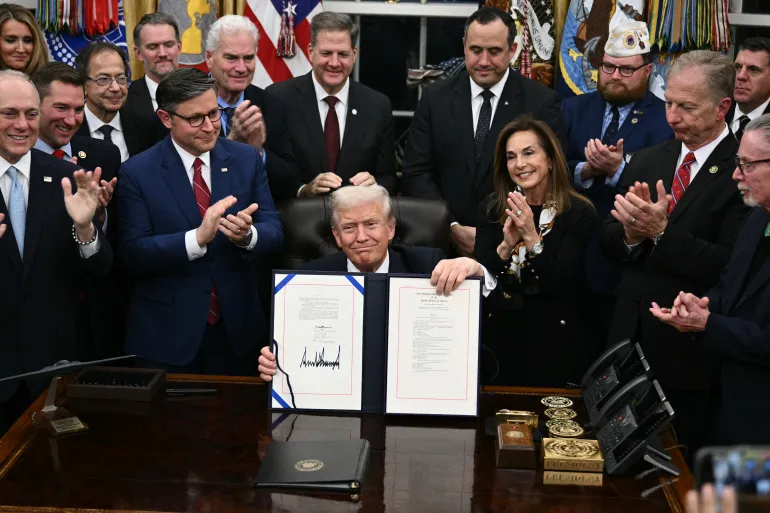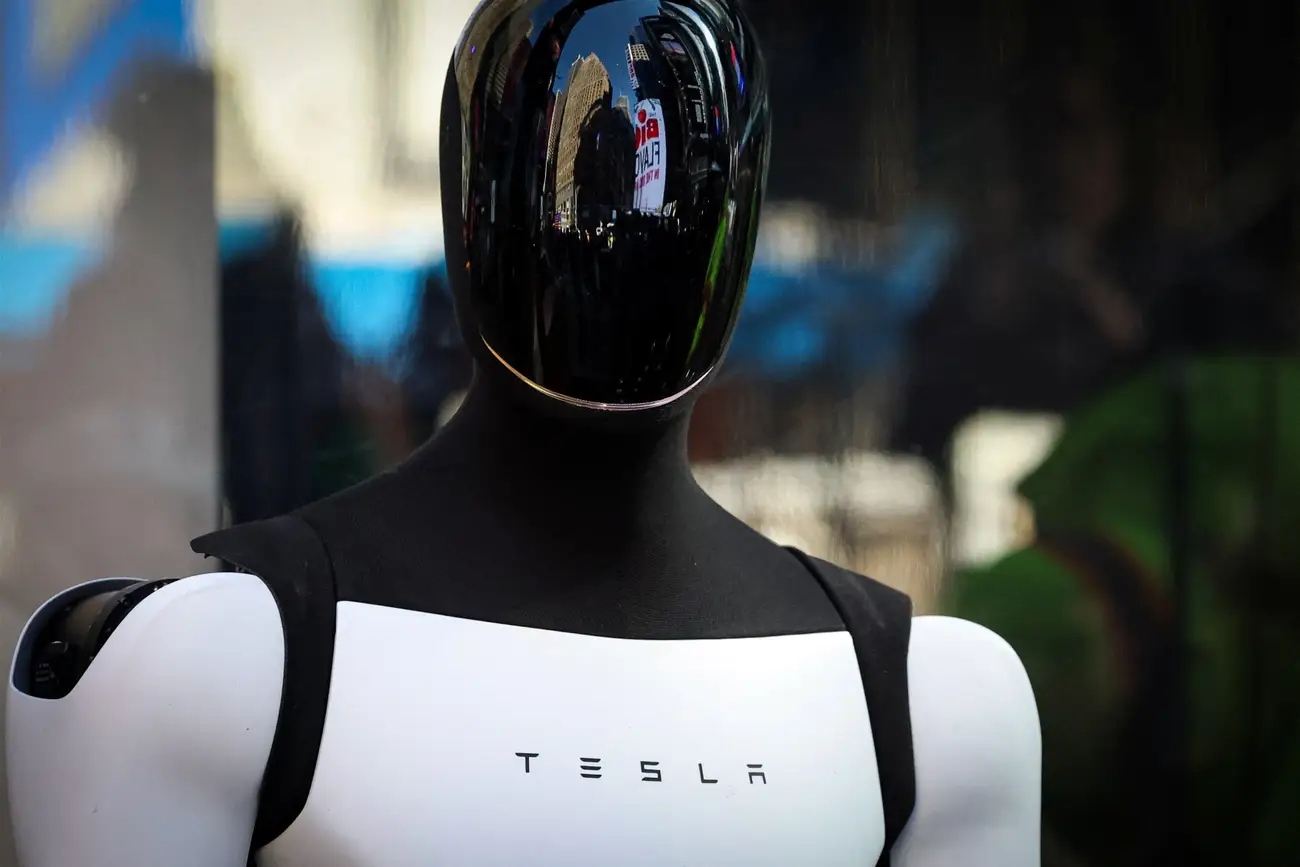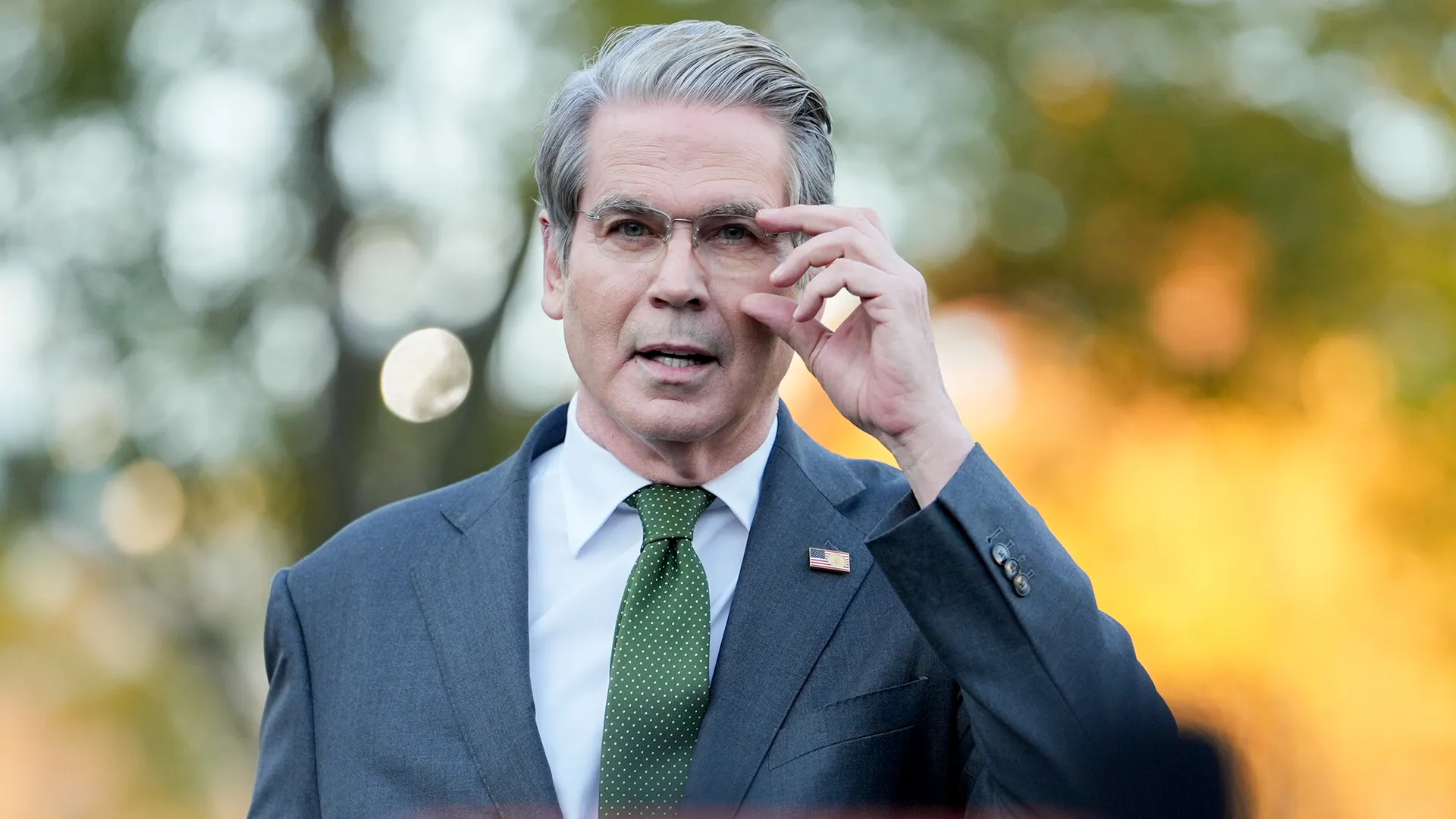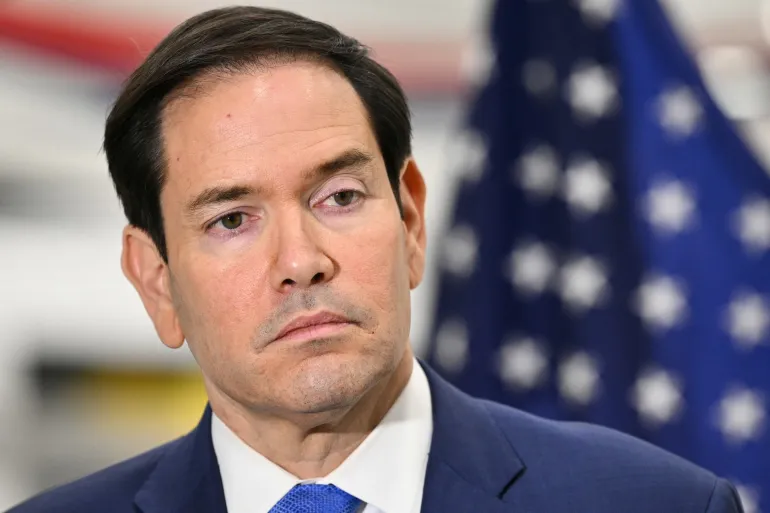With input from Business Insider and Quartz.
If you’re on Tesla’s Autopilot or Optimus teams, the message from the top is pretty blunt: buckle up, because next year is going to hurt.
In an all-hands meeting last month, Tesla’s vice president of AI software, Ashok Elluswamy, told staff that 2026 will likely be the “hardest year” of their lives, according to people who were there. The internal meeting pulled together workers from both the Autopilot and Optimus humanoid robot groups and ran nearly two hours. One person who attended described it as less of a check-in and more of a “rallying cry.”
The reason for the dramatic tone: Tesla has set extremely aggressive timelines for its two biggest bets — a robotaxi network and the Optimus humanoid robot — and 2026 is when those promises are supposed to start turning into reality.
Elluswamy reportedly told employees they should expect to work more intensely than ever to hit those targets. Tesla didn’t respond to a request for comment, and Elluswamy has stayed quiet publicly. Inside the company, though, the expectations are crystal clear.
On the robotaxi side, Elon Musk has already laid out what he wants. During Tesla’s October earnings call, Musk said the company plans to have its robotaxi service running in eight to 10 metropolitan areas by the end of 2025, with more than a thousand ride-hailing vehicles on the road by then. It’s an extremely ambitious goal, given that Tesla’s Full Self-Driving system still requires human supervision and is under heavy regulatory scrutiny.
On the robot side, Musk has said Tesla aims to start production of Optimus toward the end of 2026. He’s already warning that ramping up will be slow and painful, noting that the bot is made up of around 10,000 unique parts and will “move as fast as the slowest, dumbest, least lucky thing” in the supply chain.
Those two projects aren’t just engineering milestones — they’re tied directly to Musk’s own paycheck. Earlier this month, Tesla shareholders approved a massive new pay package for Musk that could make him the world’s first trillionaire, at least on paper. The plan includes some wild performance goals, among them deploying 1 million robotaxis on public roads and 1 million Optimus robots. Compensation consultants have called the package highly unusual and said it’s clearly designed to keep Musk focused on Tesla instead of his many other ventures.
Musk himself has leaned into that framing. In October, he joked that he wouldn’t feel comfortable building a “robot army” if he didn’t have a “strong influence” over the company, arguing that more Tesla stock is effectively about control, not just money.
Inside Tesla, the pressure lands hardest on the people working on AI and autonomy. The Autopilot team — which shares office space with the Optimus group — has long been one of the most intense corners of the company. Former employees have said the team is walled off culturally and organizationally from other engineering groups, its org chart kept unusually private. Long hours are considered normal, and weekly meetings with Musk have been part of the program’s culture from the early days.
This year, Elluswamy stepped even deeper into that world, taking on a leadership role with the Optimus team after vice president Milan Kovac left the company. Since then, the robot program has reportedly shifted even more toward Tesla’s camera-only philosophy, mirroring the data-heavy, vision-based approach behind its Full Self-Driving software.
Optimus also gets its own weekly face time with Musk. He said in October that he meets with the robot team every Friday — sessions that “sometimes go till midnight.” It’s the kind of detail that plays well with investors who like the image of an all-in, hands-on CEO, but it also tells employees exactly what they’re signing up for: a schedule that revolves around ambitious timelines and Musk’s personal involvement.
The all-hands where Elluswamy delivered his “hardest year” warning was stuffed with those kinds of expectations. Leaders from across the AI division laid out production timelines for Optimus and expansion goals for robotaxis, underscoring that these projects are at the center of Tesla’s future narrative: less car company, more real-world AI platform.
For years, Musk has said Tesla’s true value lies in software, autonomy, and robotics, not just in selling electric vehicles. Wall Street has largely bought into that story, giving the company a tech-style valuation despite tightening margins and growing competition from other EV makers. But that valuation now rests on Tesla actually delivering on the scale of what it has promised.
That’s why 2026 looms so large. It’s the year Optimus is supposed to move from flashy stage demos into real production. It’s the year robotaxis are expected to be more than a slide on an investor day deck. It’s the year when Musk’s new pay package stops being hypothetical and starts being tested against real-world progress.
Until then, Tesla’s AI workforce has its marching orders. The company wants them to move fast enough to turn a decade of autonomy hype into something tangible — robotaxis in multiple cities, a humanoid robot rolling off the line, and progress toward those million-unit milestones.
If Elluswamy is right, doing that will make 2026 the toughest year those teams have ever had. Whether it also becomes the year Tesla finally delivers on its biggest promises is the part nobody inside — or outside — the company can answer yet.










The latest news in your social feeds
Subscribe to our social media platforms to stay tuned